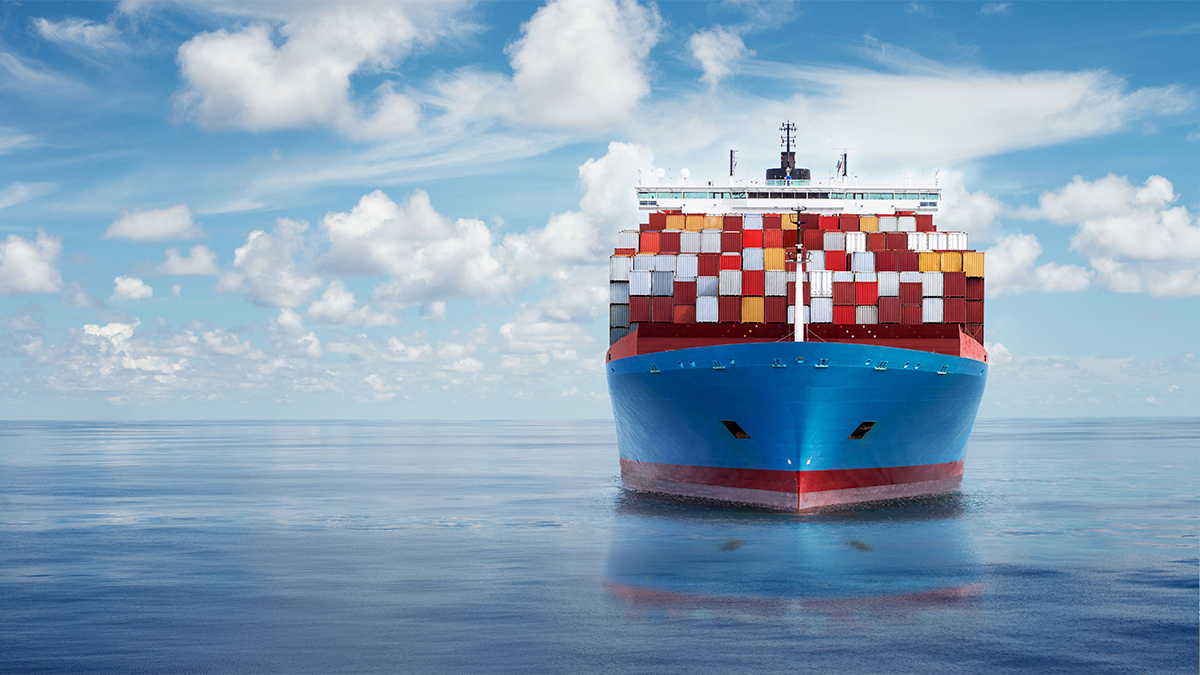An Unprecedented Shift: Annual Global Trade Costs Expected to Rise by $800 Billion due to Carbon Tax on Shipping – A 2023 Overview

An Unprecedented Shift: Annual Global Trade Costs Expected to Rise by $800 Billion due to Carbon Tax on Shipping – A 2023 Overview
In a given year, the shipping sector uses fossil fuels like crude oil to produce 3% of the world’s greenhouse gas emissions.
The International Maritime Organisation (IMO), a UN organization, has set goals for net zero carbon emissions by 2050, and the European Union has already decided to impose a tax on incoming and inbound shipping beginning in 2027. Following the commodity sector, shipping is the next industry to experience the effects of the carbon price.

In a letter, Global Trade Research Initiative founder Ajay Srivastava stated that each action would increase 3% to 4% in the costs of exporting and importing goods internationally, equivalent to $600 to $800 billion yearly.
In 2023, global economies are experiencing a monumental shift in their operations as they grapple with an annual projected increase in international trade costs amounting to $800 billion. The prime driver behind this surge is the introduction of a carbon tax on shipping – an industry traditionally exempt from such charges.
This unprecedented move is part of a more comprehensive, global initiative to address climate change and decarbonize sectors hitherto untapped.
Shipping is one of the key cogs in the global trade machinery, responsible for approximately 90% of world trade. But with this size comes a sizeable environmental footprint; the industry produces around 2-3% of global greenhouse gas (GHG) emissions. If it were a country, shipping would rank sixth globally for carbon emissions.

Until 2023, the shipping sector had avoided direct emission charges for various reasons, including its international nature and the complexity of assigning emissions to specific nations. However, mounting pressure from environmental groups, governments, and society, combined with the urgent necessity to curb GHG emissions, has led to the implementation of a carbon tax on shipping.
The 175-member IMO, the UN organization in charge of setting shipping rules, announced its plan to achieve zero emissions by 2050 on Friday last week. Its interim goals aim to lower emissions from 2008 by 20-30% by 2030 and 70-80% by 2040.
Additionally, it has advised switching to 5% clean fuel by 2030 and will announce specific actions next year. Although the IMO’s recommendations are not enforceable by law, governments are nonetheless required to meet the goals. Some nations even proposed the amount of tax that should be levied on emissions that exceed objectives at the IMO meeting. Still, the proposal was delayed owing to objections from China and other wealthy nations.

When it passed the Carbon Border Adjustment Mechanism, sometimes known as the carbon tax, in April of this year, the EU parliament also included shipping in the EU’s Emission Trading System. From January 1, 2027, shipments from EU-based shipping companies will be subject to tax. The shipping companies in the EU will also be subject to this tax.
The new tax incentivizes shipping companies to transition to greener technologies and fuels. However, these changes come with costs. The $800 billion projected increase in annual global trade costs is a consequence of the tax’s direct and indirect impacts.
Direct impacts include the added expense shipping companies will bear to offset their emissions by paying the tax or investing in cleaner technologies. These costs will likely be passed on to consumers and producers of goods in the form of higher freight charges.
The tax may induce a rethinking of global supply chains. The shift towards greener shipping methods could lead to slower shipping times, particularly in the transition period. Additionally, some companies consider nearshoring or reshoring operations to mitigate the increased shipping costs, which can also inflate the prices of goods and services.

While the new carbon tax seems daunting, it’s essential to recognize that the $800 billion is not a cost borne overnight. The shipping industry, governments, and international organizations have a role in mitigating this transition’s financial impact.
- Research and Development: Investing in R&D for energy-efficient shipping technologies and alternative fuels can help reduce the tax burden in the long run. Governments and international bodies can provide subsidies and grants for such endeavours.
- Regulations and Policies: Implementing supportive policies, like rebates for cleaner ships or financial aid for companies investing in greener technologies, can reduce the financial stress of the transition.
- Carbon Market: Establishing a solid worldwide carbon market that enables the buying and selling of carbon credits can assist the industry in reducing its emissions at a more affordable price.
- Financial Instruments: Green bonds and loans can finance the transition to cleaner technologies, providing companies with the necessary capital without straining their finances.
According to Srivastava, “The new laws would result in Indian businessmen paying more outstanding prices to international shipping corporations because over 90% of India’s commercial commerce is carried by foreign ships.
According to him, the Indian maritime industry must lay aside $100 billion to meet the upcoming criteria.
A recent report by GTRI states that the global shipping industry would need to spend $1.5 trillion to achieve net-zero emissions by 2050, as per the International Energy Agency (IEA).
Ships must transition to low-carbon fuels such as liquefied natural gas, methanol, and ammonia as part of the decarbonization process. The industry must also invest in optimizing ship hull design and adopting efficient engines to increase ship efficiency.

Implementing the carbon tax on shipping signifies a significant milestone in global efforts to combat climate change. While it presents a significant financial challenge, it offers a unique opportunity for the shipping industry to modernize and innovate. The transition may be strenuous, but the right combination of supportive policies, financial aid, and a willingness to adapt could pave the way for a sustainable future for global trade.





